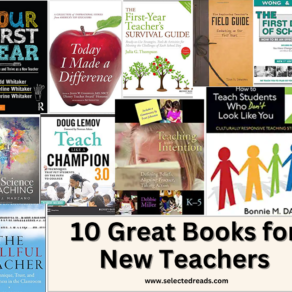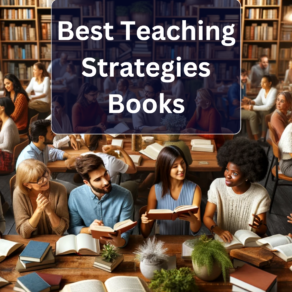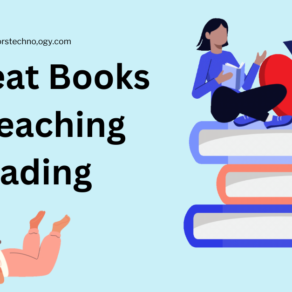In Best Practices for Teaching with Emerging Technologies by Michelle Pacansky-Brock, readers learn how to effectively and strategically use emerging technologies in the classroom. This book provides a comprehensive overview of the types of tools available, as well as advice and tips for using them for student-centered learning.
Pacansky discusses cloud based technologies, web 2.0 tools, social media, and mobile apps that can be used to create an interactive and engaging learning experience. The book is full of strategies and techniques to integrate these technologies into teaching, along with guidelines on student privacy and copyright issues. Additionally, criteria is provided to help evaluate which tools are best suited for classes.
To further demonstrate how these tools can be implemented in the classroom, the book contains examples from both Pacansky’s own classes as well as other instructors’ classrooms around the world. Finally, readers also gain insight into the present and future of mobile learning in college.
Best Practices for Teaching with Emerging Technologies provides an invaluable resource for educators to understand the potential impact of technology on teaching in today’s world.
I highly recommend Best Practices for Teaching with Emerging Technologies by Michelle Pacansky-Brock as an indispensable reference guide for any educator who wants to be knowledgeable about emerging technologies and how they can be used effectively in their classroom.
Table of contents of the book:
- Introduction: The Flipped Classroom
- Building a Solid Foundation
- A New Paradigm for a New Century
- Essential Toolkit
- Tools for Communication and Content Creation- Beyond Text!
- Backchannels and Tools for Participatory Learning
- Mobile and Beyond
- Online Resources
What is Flipped Classroom model?
The flipped classroom model, mentioned in the book Best Practices for Teaching with Emerging Technologies by Michelle Pacansky-Brock, is an instructional approach that focuses on student-centered learning.
It involves a shift from traditional instruction where teachers present content to the class and then give students opportunities to practice it alone (sage on the stage) to a flipped model where educators provide students with instructional video lectures or readings prior to class. During class time, they are then able to focus on activities such as group discussions and projects that require collaboration and higher level thinking skills.
The goal of this approach is to create a more engaging learning experience that allows for greater student participation and meaningful feedback. The idea is that when students have access to content before class, they can come prepared to participate in more complex activities during the actual lesson time. Through this process, students are able to apply what they have learned directly into their own work and gain a deeper understanding of the material at hand.
Overall, flipped classrooms offer many benefits for instructors looking to create a truly student-centered learning experience. With appropriate guidance from educators through proper scaffolding techniques and support from tech tools like screencasts and webinars, flipped classroom models allow learners to engage with course material directly through meaningful activities designed around their needs.
Overall, Best Practices for Teaching with Emerging Technologies provides a comprehensive look at how emerging technologies can be used to create an engaging learning experience in the classroom. In addition to discussing various tools and techniques, the book also outlines criteria for selecting tools and provides examples of successful implementations from other instructors.
I hope you find this summary of Best Practices for Teaching with Emerging Technologies helpful.






